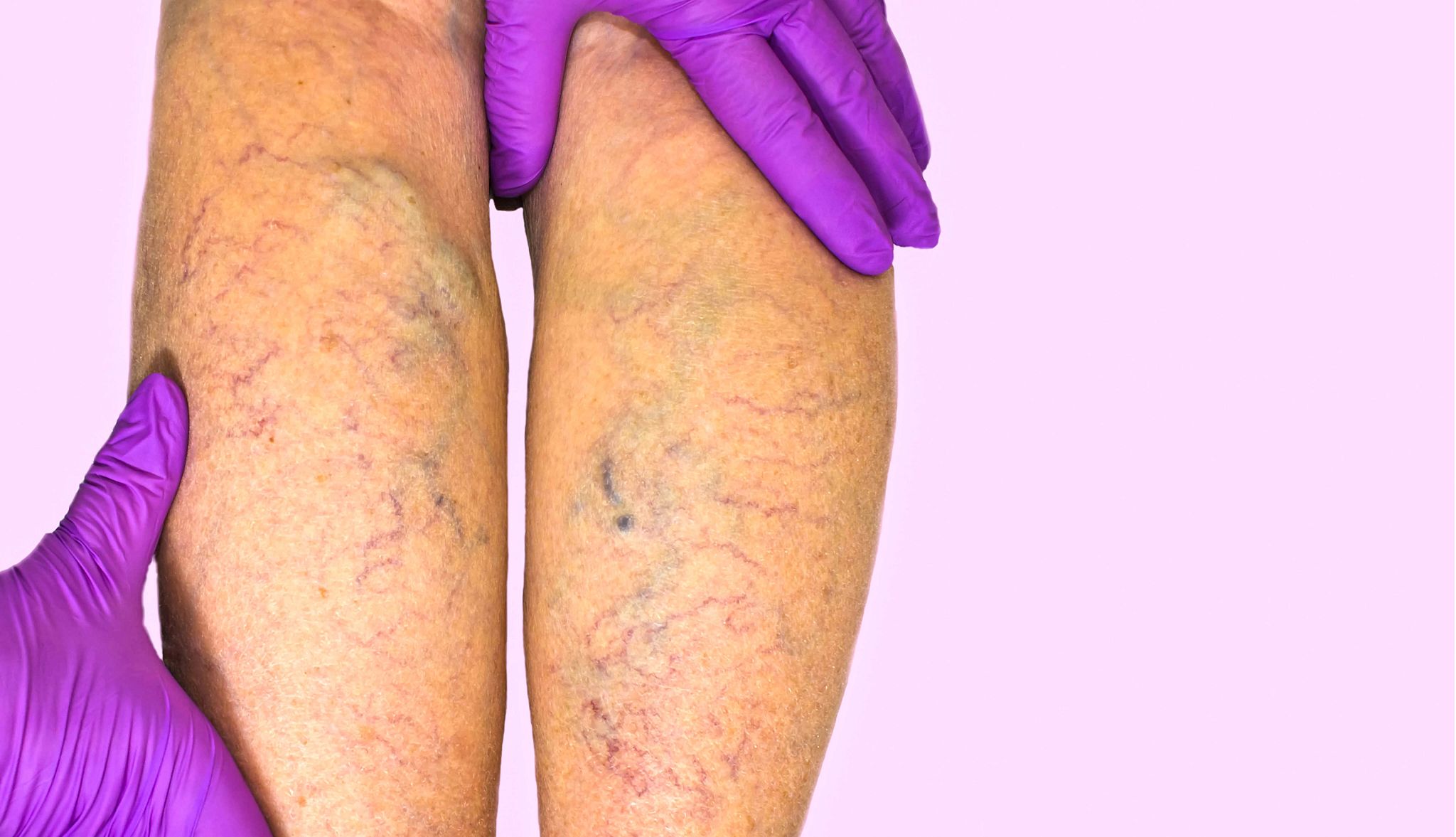AARP Hearing Center


After experiencing swelling in his lower legs, President Donald Trump was diagnosed with a condition known as chronic venous insufficiency (CVI), White House Press Secretary Karoline Leavitt announced July 17.
Research suggests about 150,000 new patients are diagnosed with the vein disease each year, and the majority of them are older than 50. Here’s what you need to know about CVI, including the warning signs to look out for.
1. It occurs when the veins in your legs become damaged
CVI occurs when malfunctions in your leg vein valves prevent blood from flowing back up to the heart, says Mikel Sadek, M.D., a vascular surgeon at NYU Langone Health. “So when they don’t work as well, and they’re no longer only functioning in the one direction, [blood] can sort of begin to fall back down the leg.”
As a result, blood builds up in the veins, increasing pressure on them and causing symptoms that range from pain to open wounds.
2. It differs from varicose veins, can be serious if untreated
CVI is different from varicose veins, veins just under the skin that swell from weakened walls and malfunctioning valves. CVI affects blood flow to the heart.
It can develop as a result of varicose veins, but not all people with varicose veins get CVI. About 1 in 50 adults with varicose veins progress to CVI, which can affect veins close to the skin and those deeper in the leg.
Symptoms of chronic venous insufficiency
Common symptoms can include:
- Achy or tired legs
- Burning or tingling sensation in your legs
- Cramping in your legs at night
- Discolored skin that looks reddish-brown
- Swelling in your lower legs and ankles
- Flaking or itching skin on your legs or feet
- A heavy feeling in your legs
- Leathery-looking skin
- Open sores on the lower legs
- Varicose veins
Source: Cleveland Clinic
Even if you have only varicose veins, you should look for symptoms that indicate they’re affecting blood flow to your heart, Sadek says. Spider veins, which don’t bulge as much as varicose veins and are closer to the surface of your skin, could be a cause for concern since they can indicate that the blood is not making it back up to the heart as well as it used to.
3. Signs, symptoms can vary
Symptoms of CVI can include achy, itchy or tingling legs. Some people develop reddish-brown looking skin, swelling or cramping at night.
Your legs may feel heavy, or the skin may look leathery. You may also notice open sores near your ankles or varicose veins in your legs.
While heaviness, aching, swelling, throbbing and itching are hallmark CVI symptoms, Sadek says the symptoms can present themselves in a variety of ways.


































































More From AARP
Are You at Risk of ‘Sitting Disease’?
An overly sedentary lifestyle can lead to many health problems
Health Problems That Strike After 50
Know the chronic conditions that creep up in midlife
8 Signs of Arthritis You Shouldn't Ignore
What symptoms look and feel like, and how to treat it